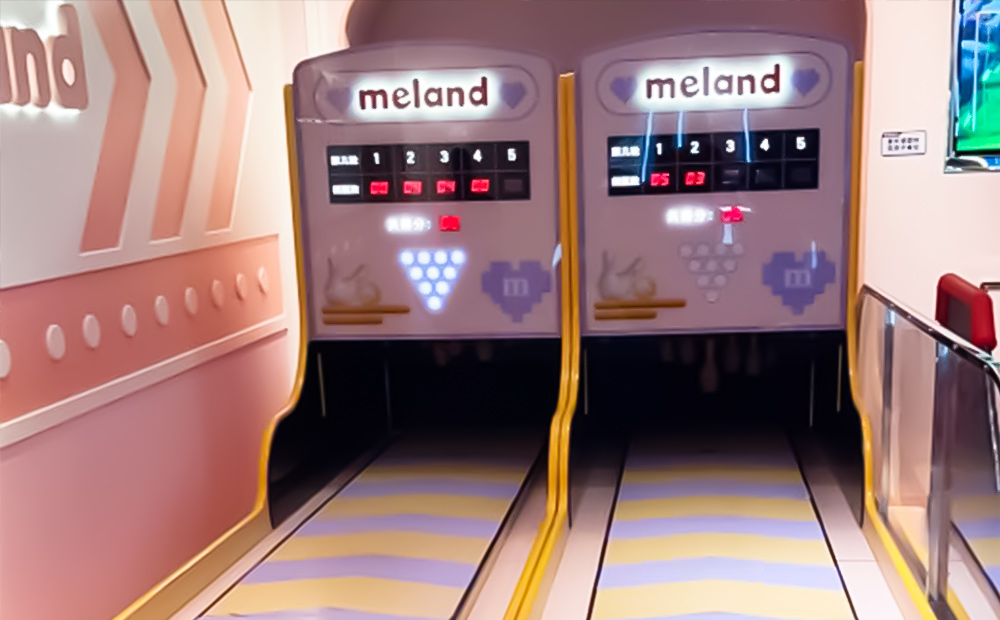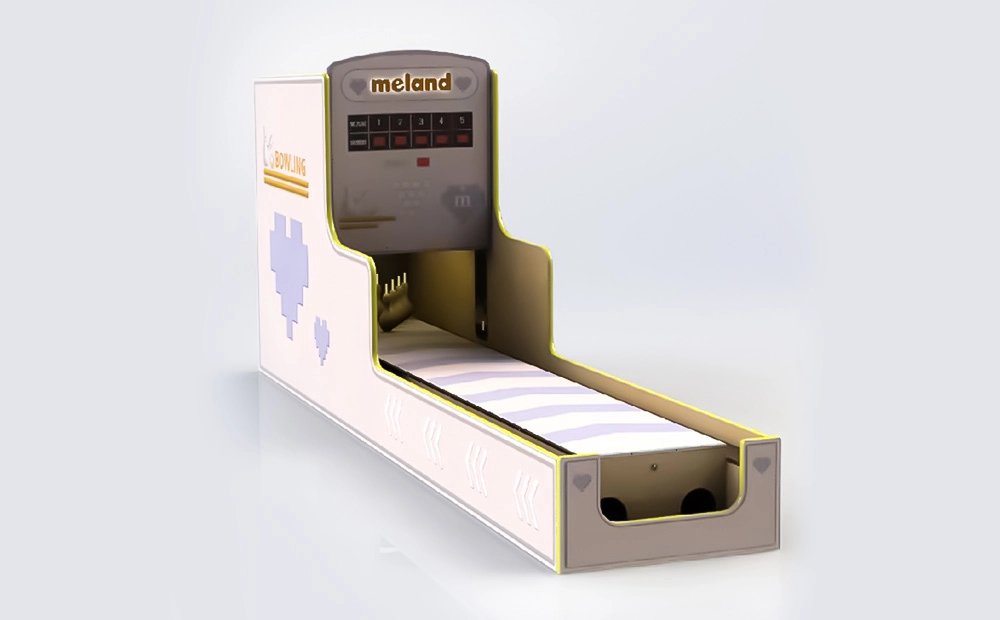Creating Your Own Bowling Lane at Home - A Comprehensive Guide
Article:
Creating Your Own Bowling Lane at Home - A Comprehensive Guide
Are you a bowling enthusiast looking to bring the excitement of the game into your living space? Whether you're a professional player or just someone who enjoys the occasional game with friends and family, installing a bowling lane in your house can add a unique touch to your home entertainment. In this comprehensive guide, we'll delve into the cost, installation process, and other important considerations for setting up a bowling lane in your house.
Understanding the Cost
Setting up a bowling lane at home is a significant investment, and it's important to understand the costs involved before diving into the project. The overall cost can vary depending on factors such as the size of the lane, materials used, and additional features. We'll break down the expenses and provide insights into how to budget for this exciting addition to your home.
Choosing the Right Space
One of the most crucial aspects of installing a bowling lane in your home is selecting the right space. Whether you have a dedicated room or plan to incorporate the lane into an existing area, we'll discuss the spatial requirements and considerations for creating a functional and aesthetically pleasing bowling space within your home.
Selecting the Materials
From the flooring to the bowling equipment, selecting the right materials is essential for creating a durable and high-quality home bowling lane. We'll explore various options for materials and provide guidance on choosing the best ones for your specific needs and budget.
Installation Process
Once you've planned the space and gathered the necessary materials, it's time to dive into the installation process. We'll provide a step-by-step guide, outlining the essential stages of setting up a bowling lane in your home. Whether you plan to hire professionals or take on the project yourself, this section will offer valuable insights to ensure a successful installation.
Maintenance and Care
After you've installed your home bowling lane, it's important to understand how to care for and maintain it to ensure longevity and optimal performance. We'll discuss routine maintenance tasks, cleaning techniques, and tips for preserving the condition of your bowling lane for years to come.
Company Profile:
Flying has focused on the research and development of string pin bowling, which became a big hit among operators with the launch of the market. With the global digital movement, Flying Technology, in line with the aim of technological innovation, quality first, and service first, has been chosen by a number of domestic and foreign digital sport franchises as their designated only supplier.
Conclusion:
Creating a bowling lane in your house can be an exciting and rewarding project, offering hours of fun and entertainment for you and your loved ones. By understanding the cost, space requirements, materials, installation process, and maintenance, you can embark on this venture with confidence and turn your home into a bowling haven.
FAQs:
1. What is the average cost of installing a home bowling lane?
- The cost can range from $15,000 to $30,000, depending on various factors such as size, materials, and additional features.
2. Is it possible to install a bowling lane in a small room?
- Yes, it's possible to set up a home bowling lane in a small room, as long as you consider the spatial requirements and plan accordingly.
3. Do I need specialized equipment for a home bowling lane?
- Yes, you'll need bowling equipment such as pins, balls, and a reliable bowling lane surface to create an authentic and enjoyable bowling experience.
4. How often does a home bowling lane require maintenance?
- Regular maintenance, such as cleaning and inspecting the lane, should be done at least once a month to keep it in optimal condition.
5. Can I install a bowling lane in my basement?
- Yes, a basement can be a suitable space for installing a home bowling lane, provided that proper ventilation and structural considerations are taken into account.
The Ultimate Guide to Peralatan Bowling: Everything You Need to Know
The Ultimate Guide to Bowling Tools for Marketing Success
The Ideal Lane Length for Duckpin Bowling: A Comprehensive Guide
The Cost of a Bowling Pin Setter: What You Need to Know
Bowling Equipment
Where to find bowling equipment?
You can search for Guangzhou Flying Animation Technology Co., Ltd. on Alibaba International Station and Google, and you can see different types of high-quality bowling equipment on our website. All bowling equipment-related information can be found on the website. If you have any questions, you can contact us at anytime.
How to build a bowling alley?
If you choose Flying, we will provide you with a one-stop solution, from planning construction to finishing the establishment. You don't need to worry about anything. As long as you can give us the venue size diagram, we can start cooperating.
What equipment do you need for bowling?
The most essential equipment is the fairway boards, pinsetters, and string pinsetter machines. In addition, the ball-up section and ball-return section are also extremely vital.
Price
how much does a bowling lane cost ?
The cost of a single bowling lane falls between $75,000 and $80,000 for a standard lane. Here's a breakdown considering different factors:
New vs. Used:
New lanes naturally cost more than used ones.
Features:
Automatic scoring systems or other customizations can increase the price.
Home vs. Commercial:
Lane installations for homes may cost slightly more to account for special adjustments.
It's important to note that this is just the lane itself. The total cost of building an entire bowling alley will include additional costs for installation, surrounding infrastructure, and any amenities you include.
Product
How a bowling ball return machine works?
A bowling ball return system uses a combination of gravity, belts, and sometimes lifts to bring your ball back to you after your roll. Here's a breakdown of the typical process:
-
Ball Exit: After rolling down the lane, the ball exits into a channel at the end. This channel might have a slight incline to help guide the ball towards the return mechanism.
-
Transfer Tray: The ball rolls into a shallow tray or trough. This tray might have a diverter at the end to ensure balls from adjacent lanes don't collide.
-
Elevator or Incline (optional): In some setups, the ball might be lifted to a higher level before entering the return system. This creates a steeper decline for the ball to travel down, helping it gain momentum.
-
Belt Conveyor: The ball reaches a conveyor belt with a textured surface to prevent slipping. This belt carries the ball up an incline.
-
Gravity Channel: Once at the top of the incline, the ball is released onto a long, U-shaped channel. Gravity takes over, pulling the ball down through the channel.
-
Ball Deflector: At the end of the channel, there might be a deflector that diverts the ball slightly towards your lane. This ensures the ball ends up in the correct return slot.
-
Ball Return Tray: The ball finally reaches a tray or cradle positioned in front of your lane, ready for your next roll.
Here are some additional points to note:
- Modern systems might have sensors to detect the presence of a ball and activate the return mechanism accordingly.
- Some higher-end systems use quieter materials and designs to minimize noise during ball return.
Flying Ultra Standard Bowling String Pinsetter
Flying Smart Duckpin Bowling
Brand New String Pinsetter Mini Bowling Equipment Small Ball And Pin
Indoor Medium Duckpin Bowling Lane Equipment For Bowling Alley
Contact Flying
Start your custom bowling alley project
If you contact us now for more details, we can provide you with a custom bowling alley service. Our service team will get back to you within 24 hours normally!









